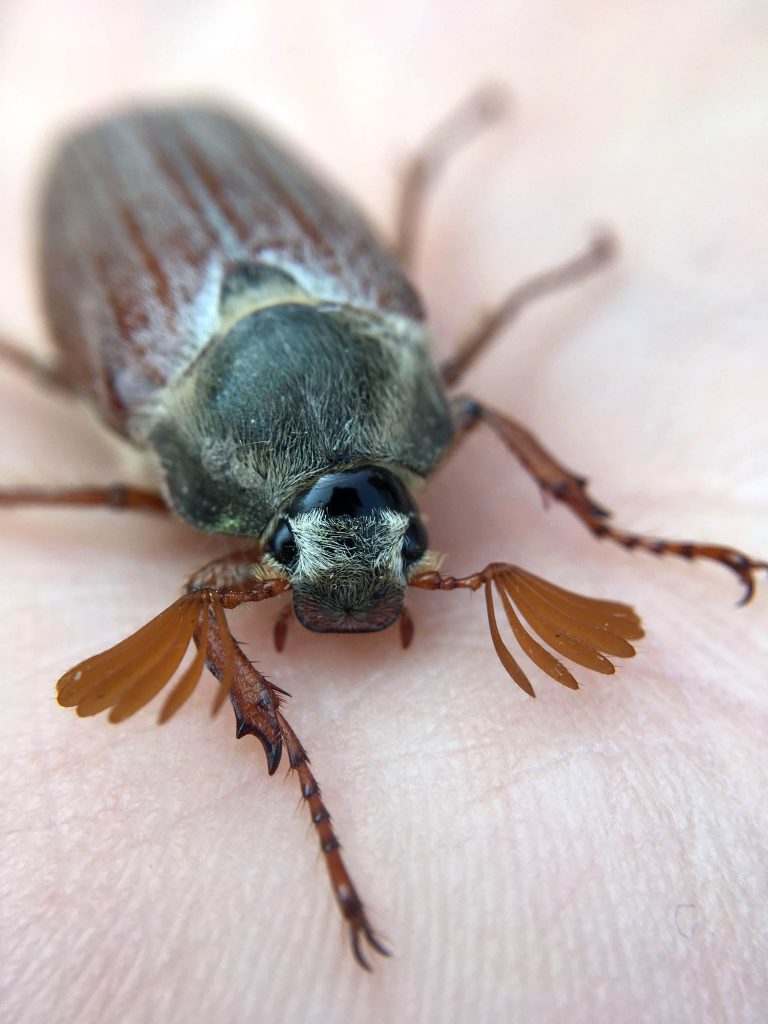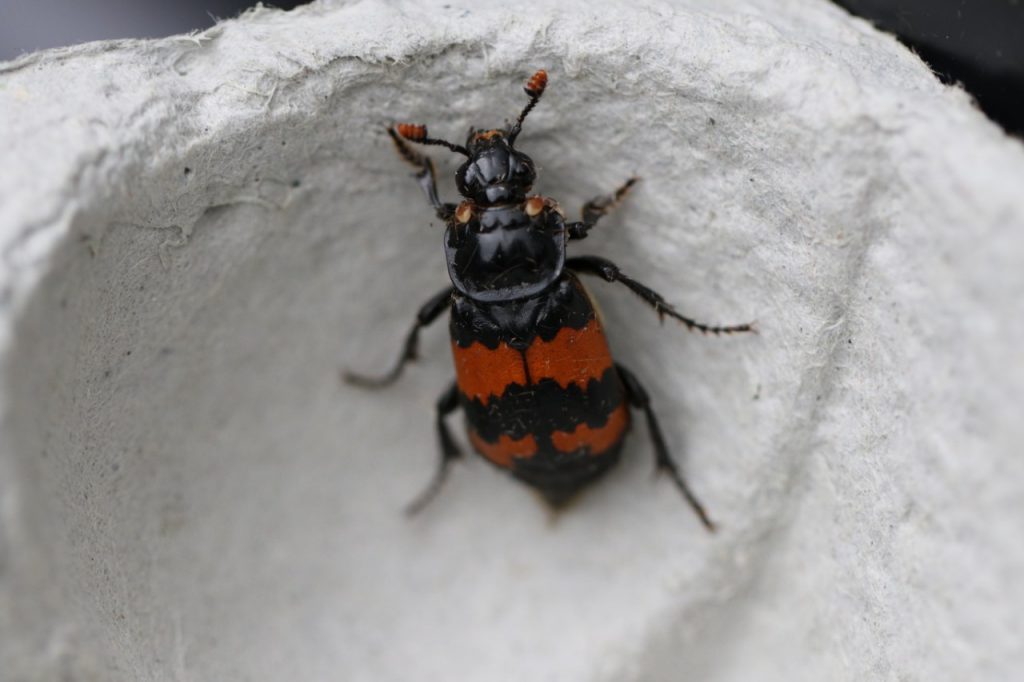As we navigate these unsettling times, it seems more important now than ever before that we find some joy in the small things. My joy is often sparked by very small things, insects. These six-legged, winged wonders are a constant source of intrigue and even though you may not realise it, these invertebrates have a huge impact on your life too. From pollinating crops that help put food on our plates, to being a food source themselves that many other animals rely on. They also help keep our environment healthy by breaking down organic waste (everything from wood and fungi, to dung and dead animals) they are vital members of our natural ecosystems.
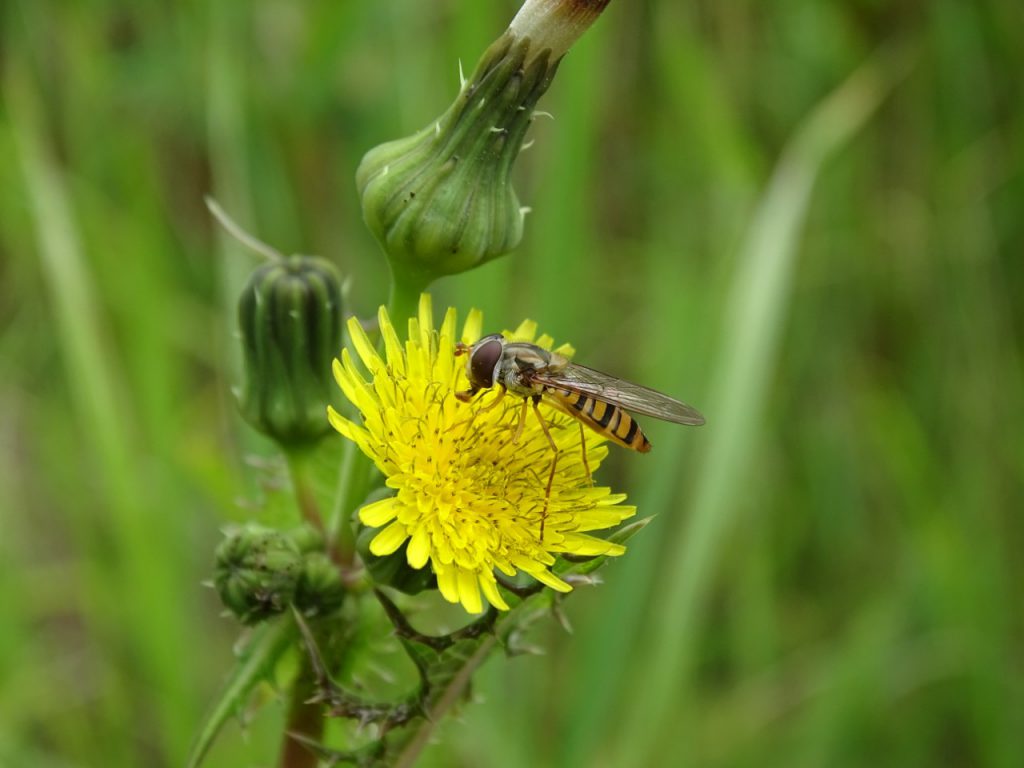
One of the best things about insects is that they occur absolutely everywhere, and anyone can study them! Spring and summer are when many species are active and therefore when they are most noticeable to us. If you have a garden then there are potentially hundreds of insects for you to discover within your own space. If you don’t have a garden but are able to get out for a local walk they you’ll also have lots of opportunities to spot insects. The closer you look, the more amazed you will be by their diversity. Will you join me by investigating the insects near you?
Some bonnie butterflies to look out for:
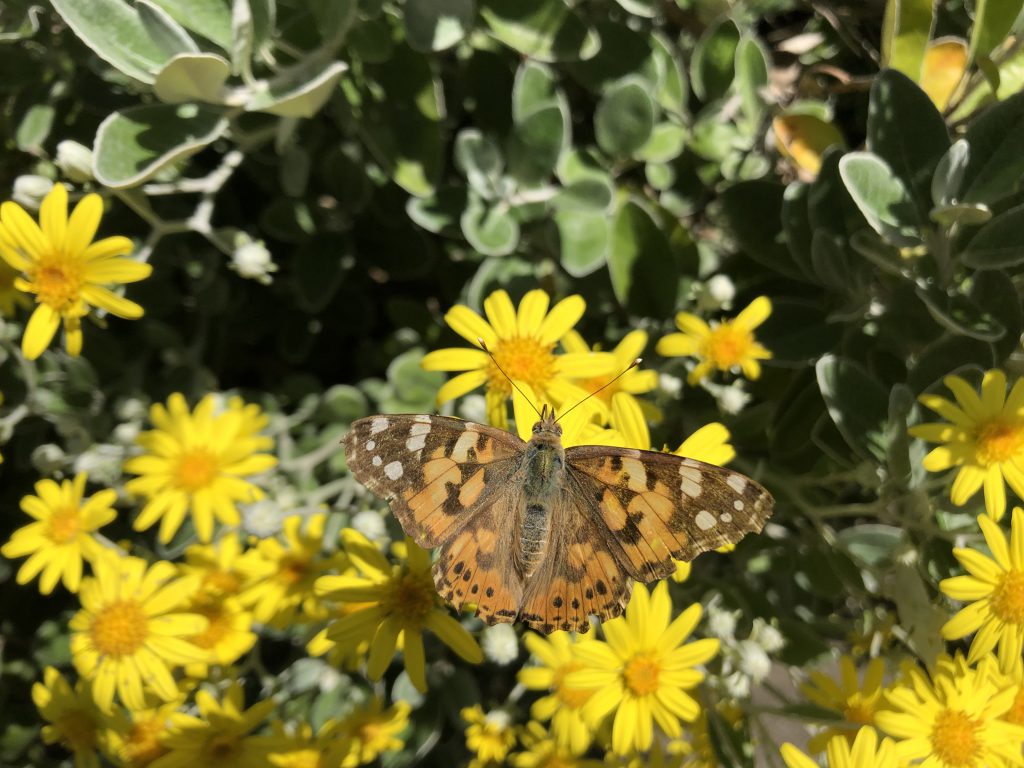
Painted lady 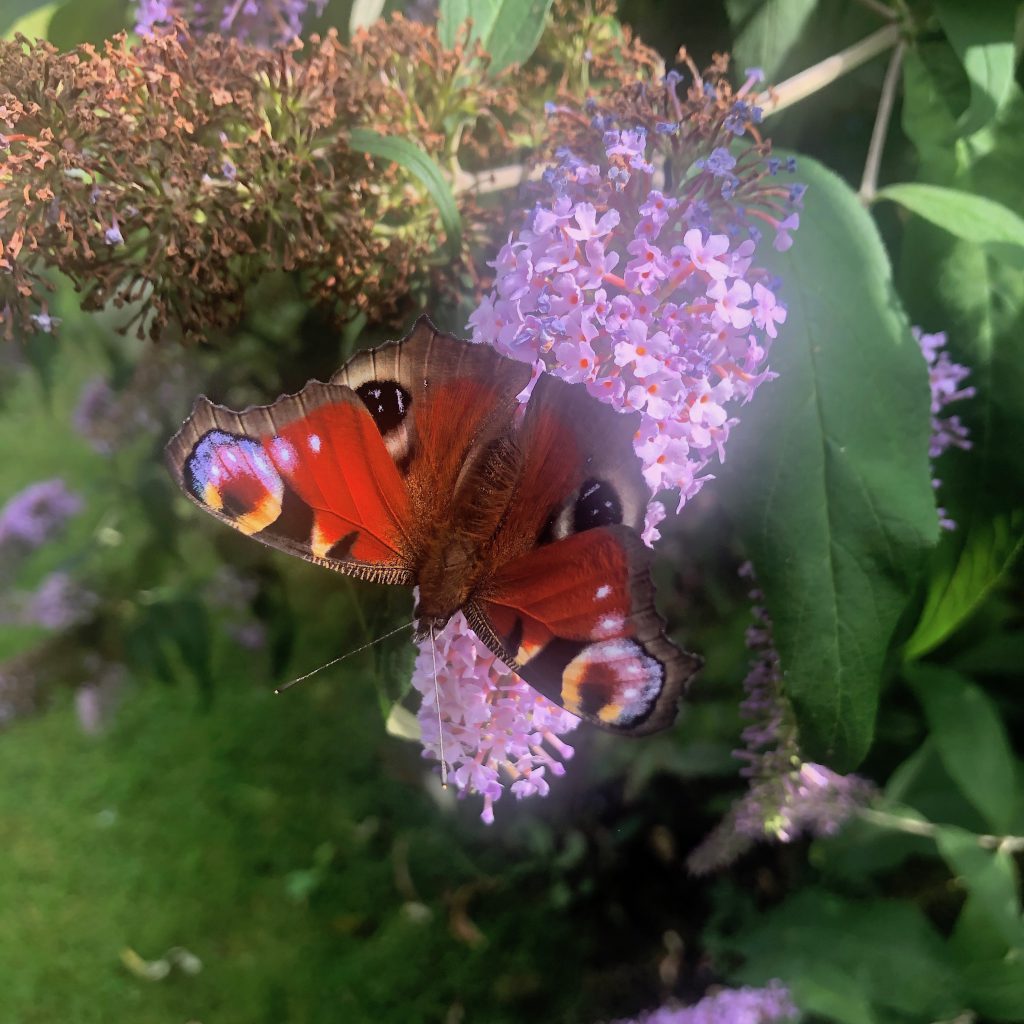
Peacock 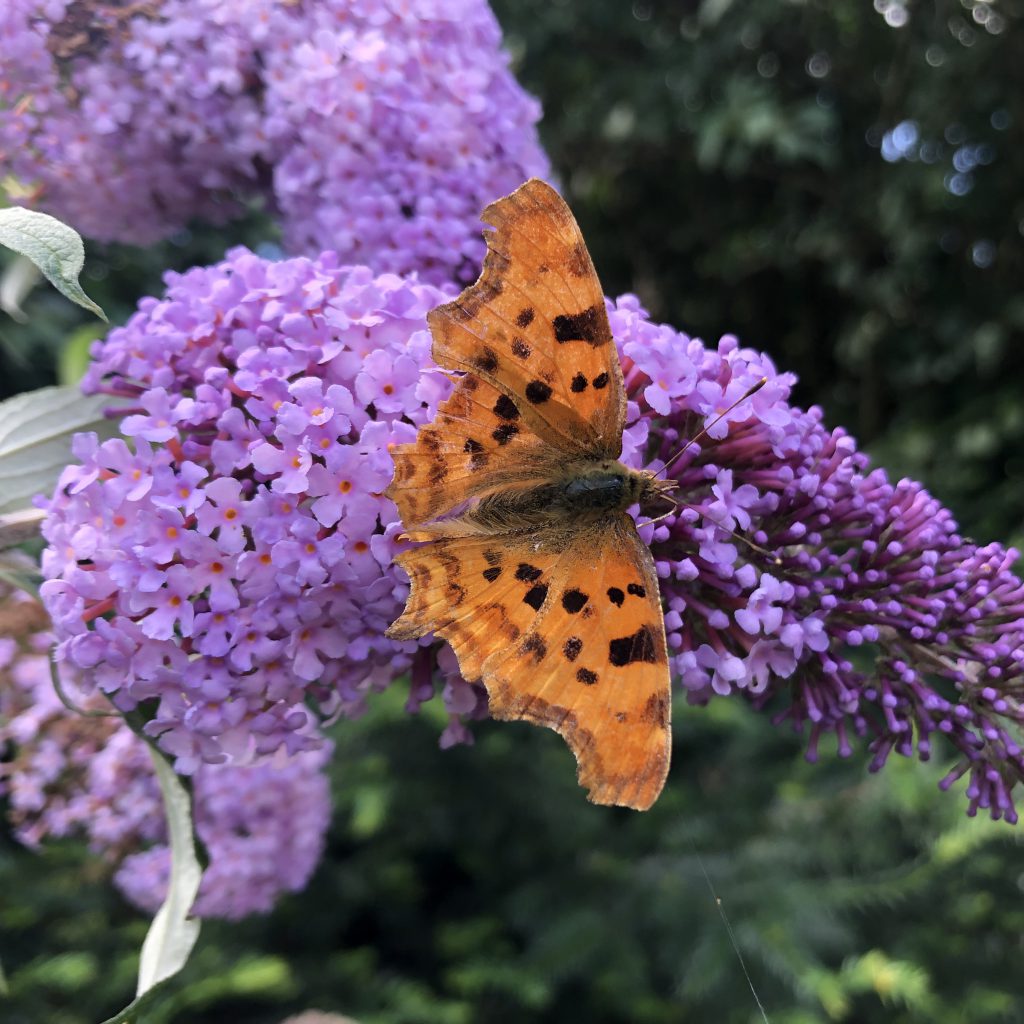
Comma 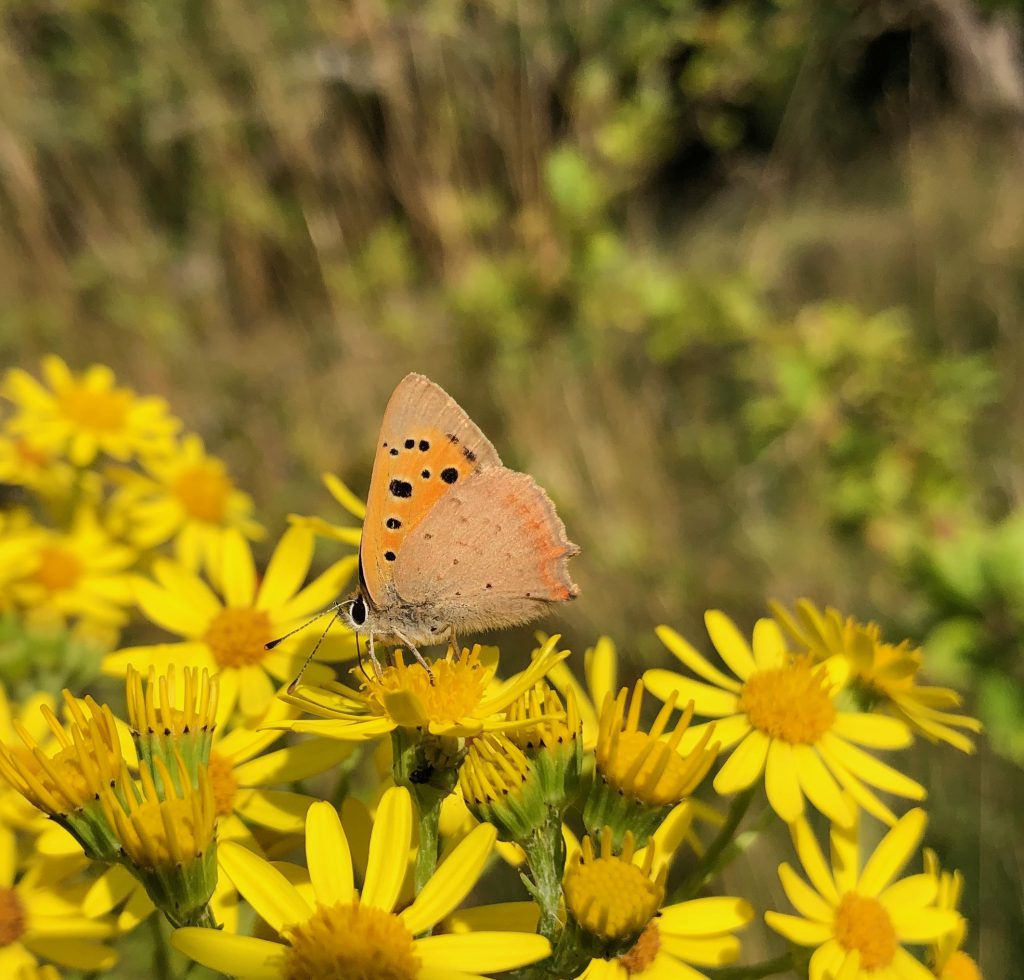
Small copper
Keep in mind that lots of insects can be seen in urban areas too. I recently saw a Peacock butterfly whilst queuing outside my local Tesco, and whilst walking to the post-box I recorded a 7-spot ladybird on a dandelion. It’s also possible to find a number of insects and other invertebrates in and around your home. I found several different beetles in my flat during lockdown, including two 2-spot ladybirds, along with five different species of spider; one of them was the tiniest jumping spider I’ve ever seen – approximately 3mm!
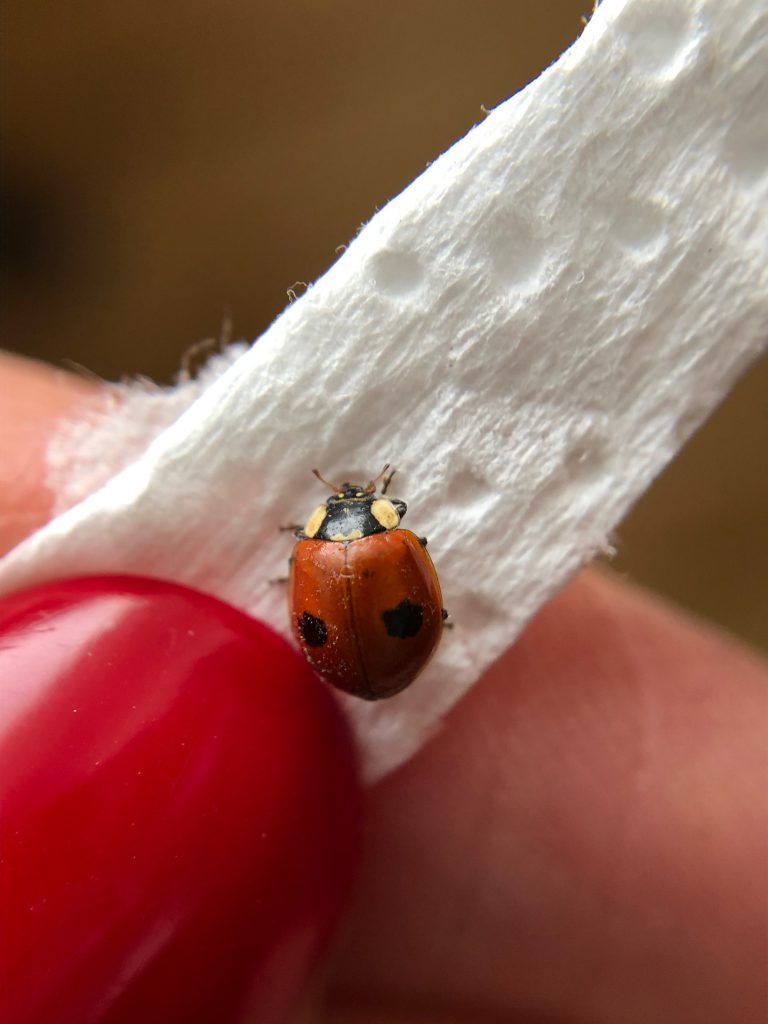
2-spot ladybirds (Adalia bipunctata); this one comes in two colour forms 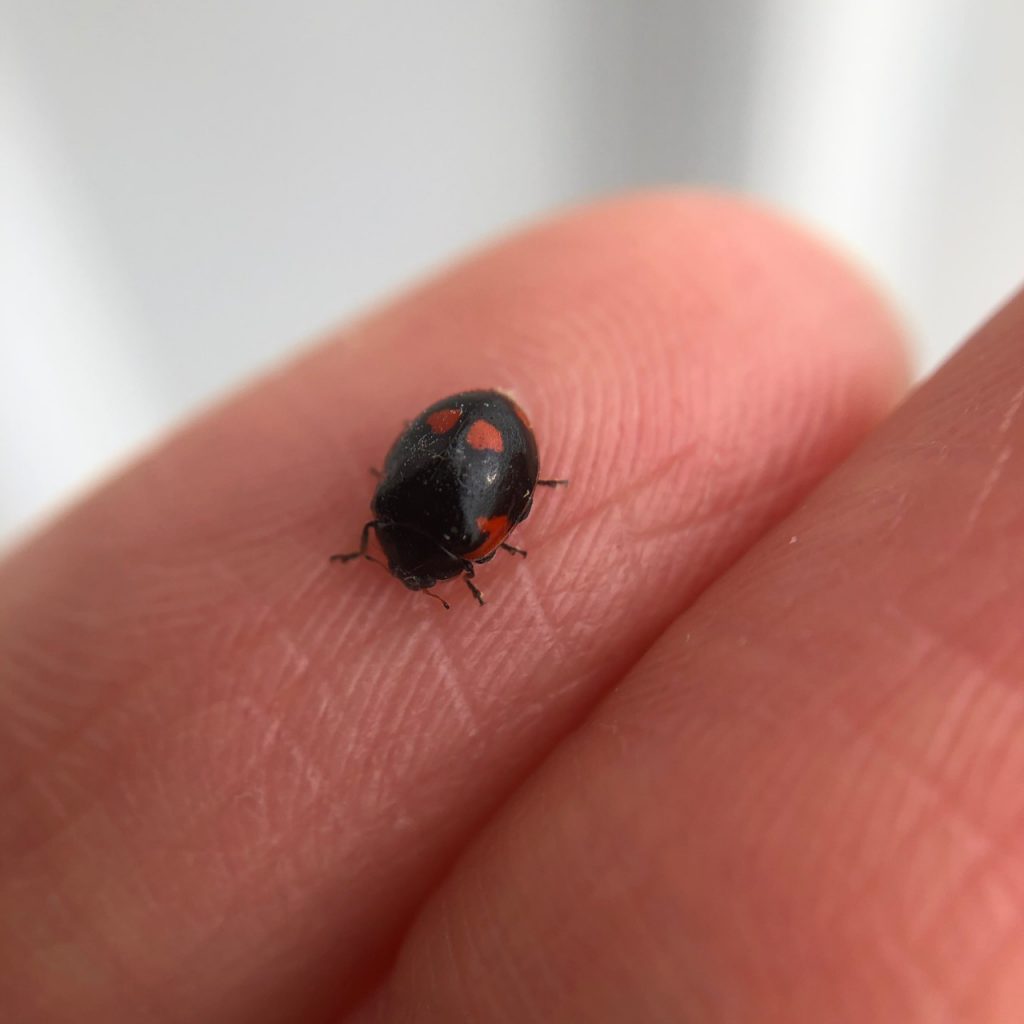
Like us, insects are also facing very challenging times, with the constant threat of habitat loss, attack from pesticides and the negative impacts from climate change, they desperately need our support. If you want to do something to help them you can plant native flowers in your garden or window box, refrain from using any pesticides or herbicides, avoid mowing your lawn which may contain useful wild flowers (often called ‘weeds’), or you could even create some new habitat by making a log pile.
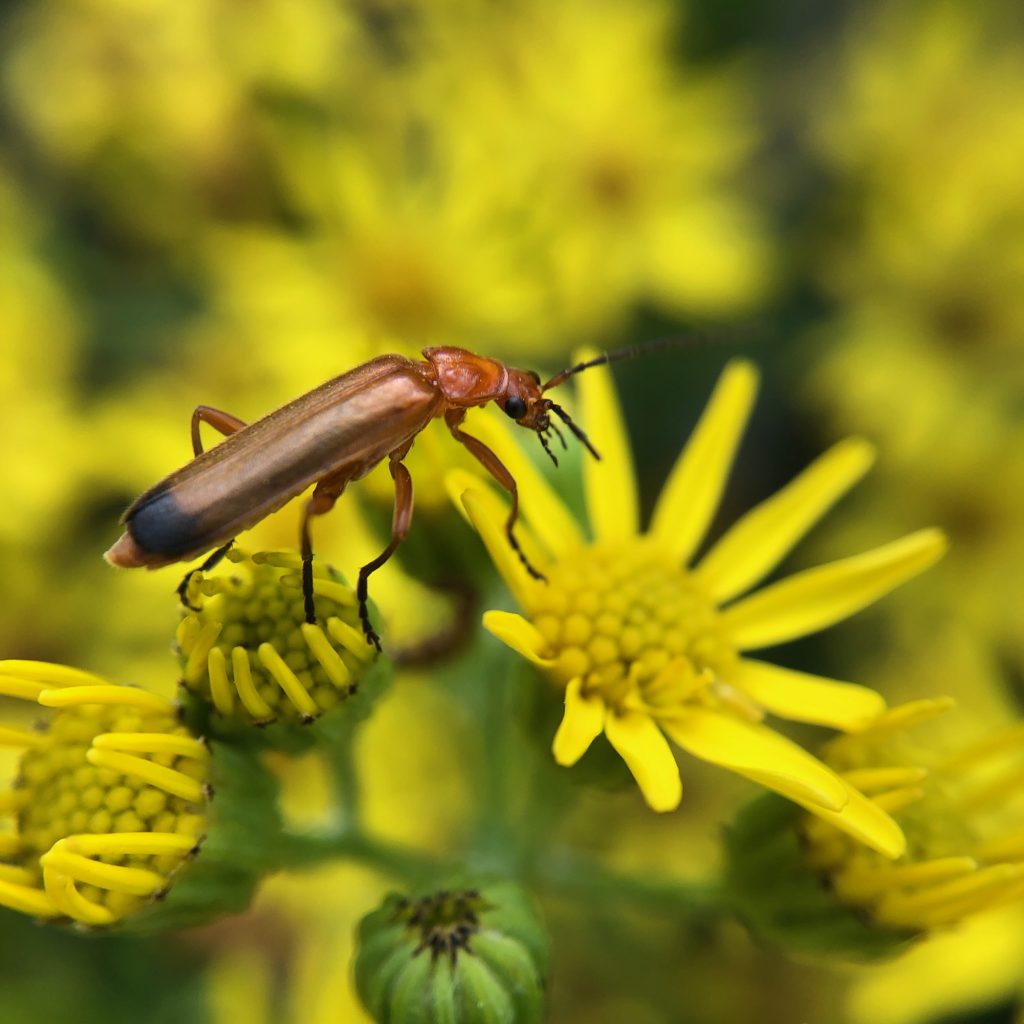
A Common red soldier beetle 
7-spot ladybird 
14-spot ladybird
Another way you can help insects is by sharing your sightings of them, which will enable researchers to learn more about our precious insect populations. Some of our most conspicuous insects can be identified in situ. All you need is a camera and access to the internet. It’s also helpful to have a pot/container handy to capture the insect in temporarily, so you can take photos of it. You should then make a note of the exact location you found it, the date and any useful observations such as what you found it on. You can then turn this into useful scientific data by sharing the information via iRecord.
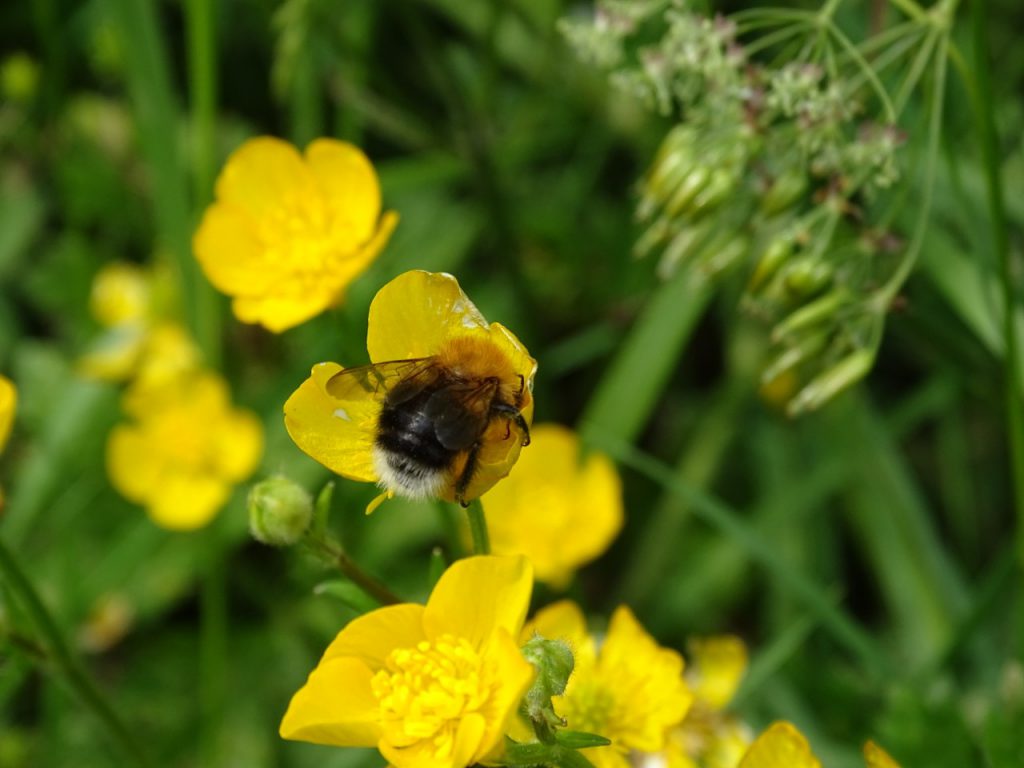
Finding and identifying insects is fun for all ages. To get you started, here are some ideas of what to look out for:
- Butterflies are a great group to begin with, as they are easy to spot and can be distinguished by their different colour patterns. The Butterfly Conservation website covers identification all the species found in the UK.
- Ladybirds are the perfect beetles for beginners. If you spot one you can use this handy identification sheet to work out which one it is. Don’t forget to share your record.
- If you want to delve deeper into the world of Coleoptera, there are many fascinating beetles to be seen in the UK… more than 4000 species! There’s lots of information about them on the UK Beetle recording website.
- Bumblebees are frequently seen at the time of year, foraging on a variety of flowering plants. There are 24 species found in the UK and some of these can be identified in the field. Head on over to the Bumblebee Conservation Trust for identification guides and bumblebee friendly gardening tips.
- Looking for a more structured project? You could help the Pollinator Monitoring Scheme to establish how insect pollinator populations are changing, simply by conducting a 10 minute Flower-Insect Timed Count . A whole host of different insects are important for pollination, you may be surprised to find that it’s not just bees and butterflies, but moths, flies and even beetles too.
- Searching for insects after dark is fun and there are many species that are only active at night. Head out with a torch and check the paths for beetles. You could even make your own light trap. The Natural History Museum also provide an excellent introduction to light trapping here.
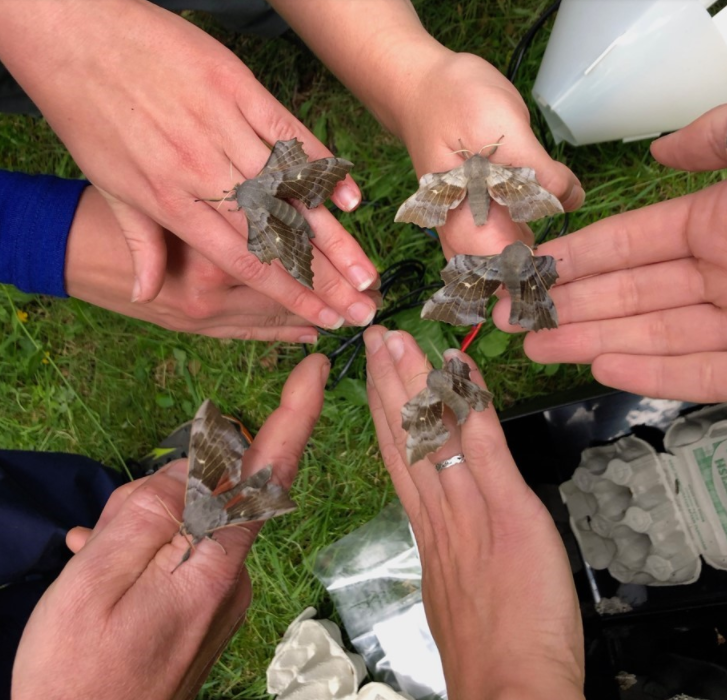
Some beetles are attracted to light too, like this carrion beetle (Nicrophorus investigator) and Common Cockchafer (aka Maybug) on the left.
- If you like our 8-legged friends too then why not help the British Arachnological Society by conducting one of their Lockdown Spider Surveys.
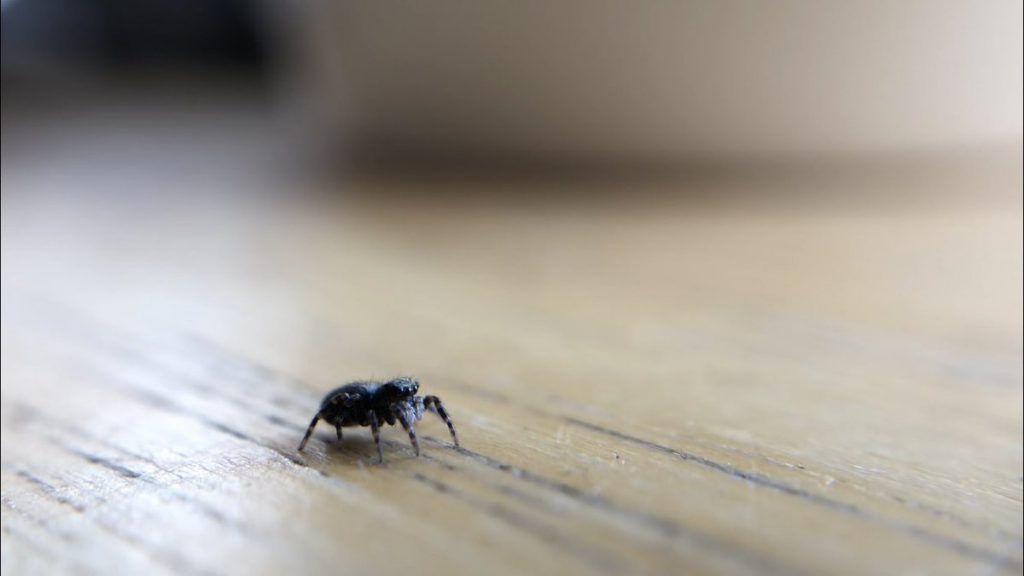

A tiny jumping spider, commonly known as the Fleecy Jumper (Pseudeuophrys lanigera)
I hope that you will join me in investigating insects and that you gain a little more appreciation for these tremendously diverse animals, but most of all – I hope you have fun.
Stay curious! Stay safe!
Additional resources:
All images taken by Ashleigh Whiffin.

